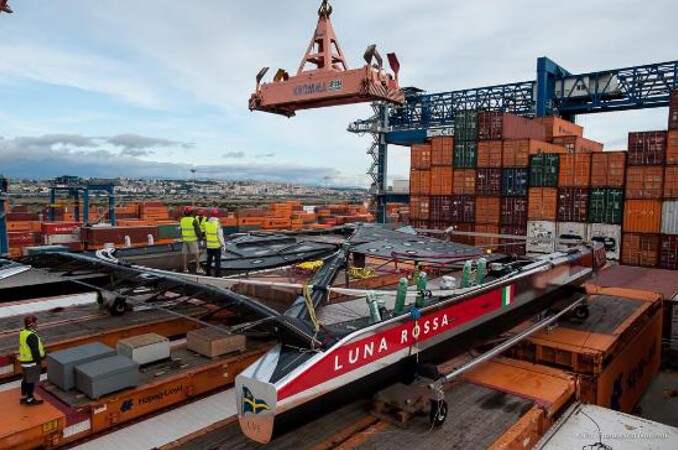Welcome to GLA! Leading the global logistics alliance.


Your location:Home > News > Hapag-Lloyd seeks more oversize cargo
Time:2016-03-05 Publisher:glafamily Num:11207

Hapag-Lloyd plans to more aggressively seek shipments too large or heavy to fit into standard containers, and has established teams in Asia and the Americas to focus on oversize cargo.
“Hapag-Lloyd has many years of experience in this attractive segment. We are well-known and renowned for our expertise. Now we intend to reach more customers and grow in this segment,” said Thorsten Haeser, the carrier’s chief commercial officer.
Container lines such as Hapag-Lloyd have long carried “special cargoes” in addition to the standard container loads. Container ships can provide more frequent sailings than multipurpose vessels, and with careful stowage can safely carry heavy or oversize cargoes.
The protracted slump in container rates is causing container lines to step up their competition with multipurpose vessel operators for out-of-gauge shipments. Multipurpose carriers also face growing competition from bulk carriers, another sector afflicted with excess capacity and low rates.
Hapag-Lloyd has long carried “special cargo” shipments of oversize or heavy cargoes. The new special cargo teams for Asia and the Americas will augment the special cargo division at the carrier’s Hamburg headquarters. The carrier said it has more than 50 sales and technical specialists for out-of-gauge cargo.
“Hapag-Lloyd will soon have 170 years of experience in transporting goods, and has always catered for especially large and heavy loads on its ships. This is nothing new for us,” said David Piel, the carrier’s senior manager of special cargo.
Recent examples of movement of heavy or oversized cargo on Hapag-Lloyd container ships include a 343-ton turbine from Charleston, South Carolina, to Busan, South Korea; a 116-ton ship propeller from Hamburg to Busan, and the 22-meter-long Italian catamaran Luna Rossa, which was shipped from Oakland to Cagliari, Italy, after the America’s Cup.
These ships required special loading and stowage. The turbine, for example, was loaded by a floating crane during a nine-hour operation, and placed on two layers of flat racks and steel supports and held in place by several load-securing chains.
Prev:Chinese New Year keeps trans-Pacific rates depressedNext:Views differ on outlook for growth in Panama traffic to US East Coast
Recommended Membership
Latest News